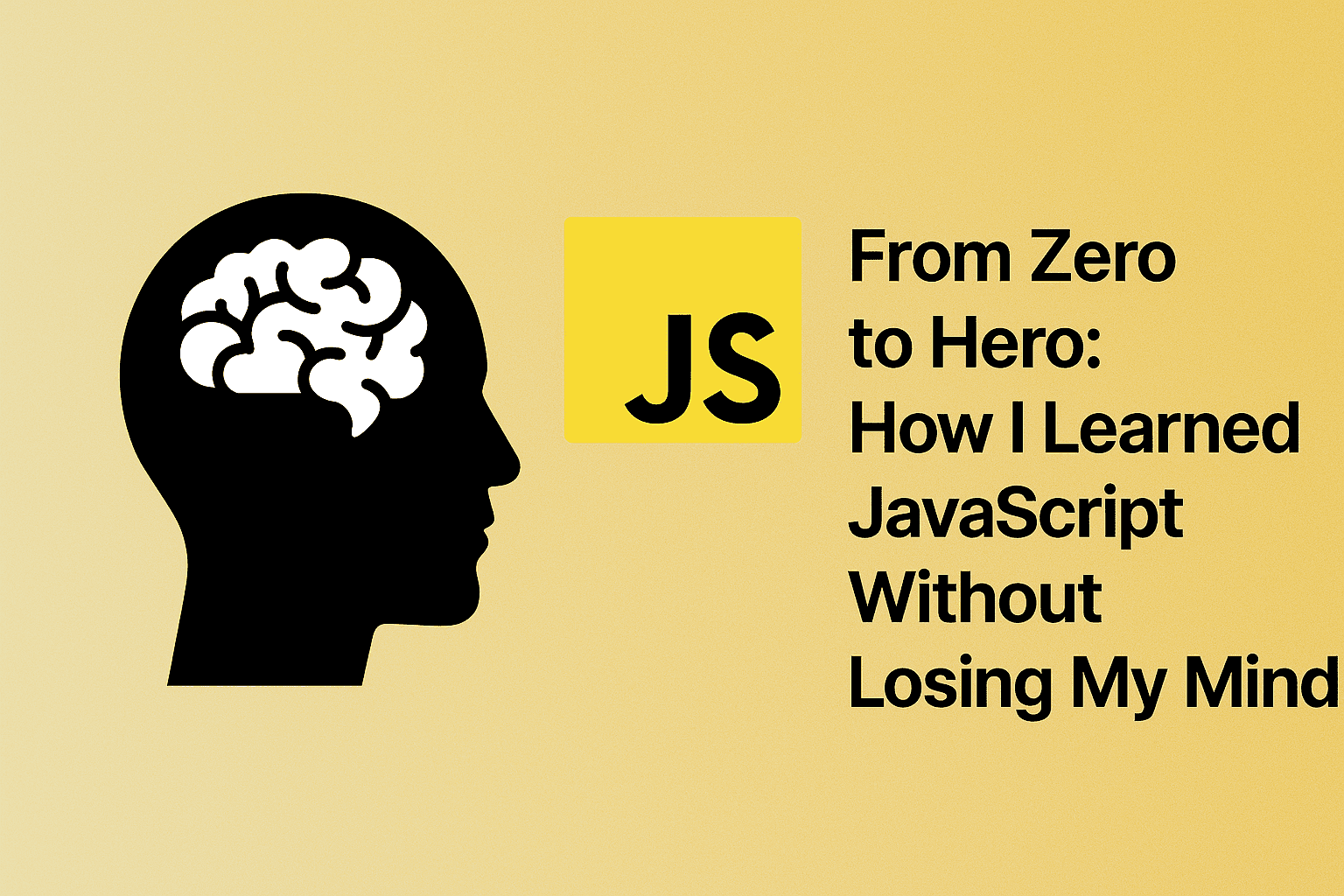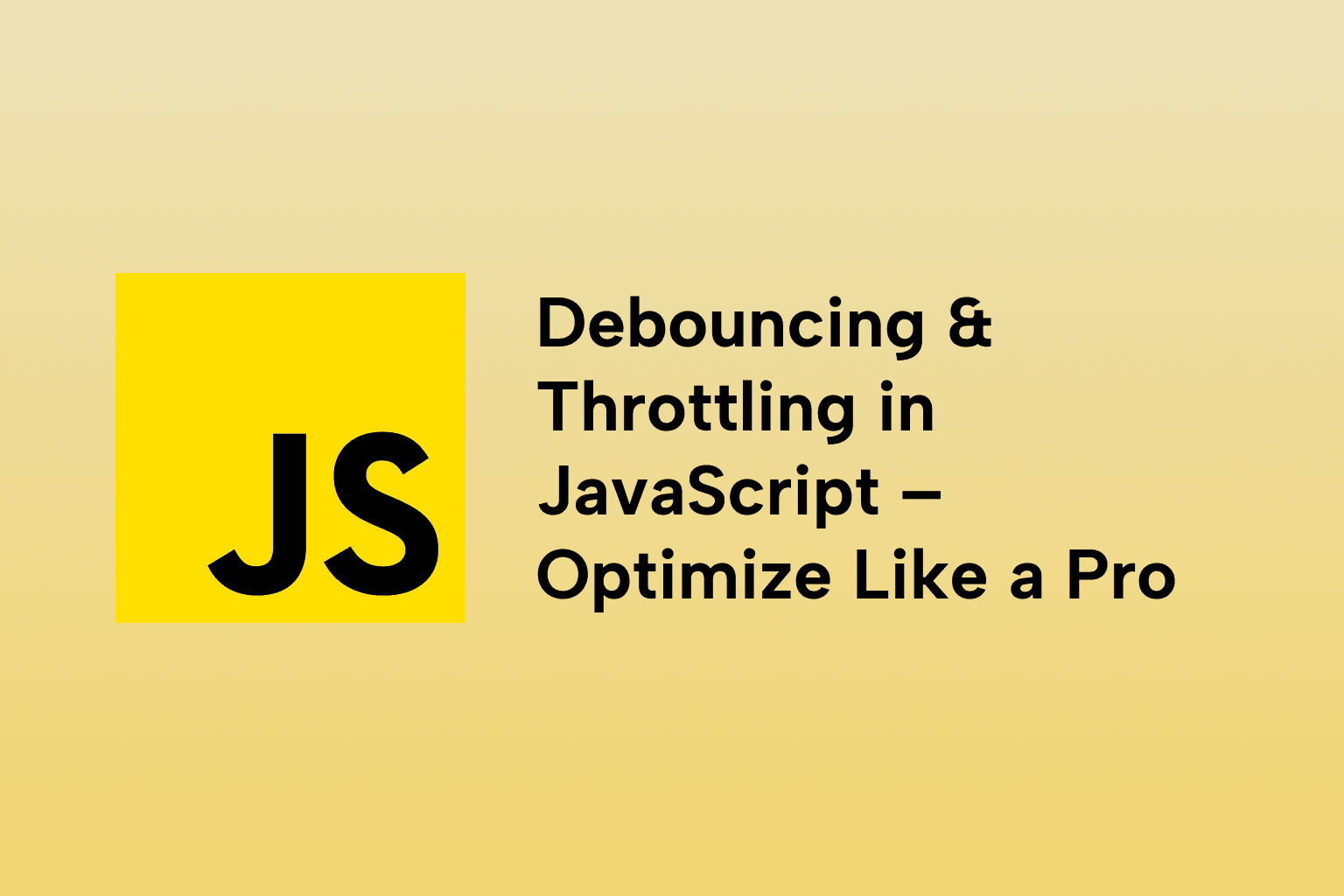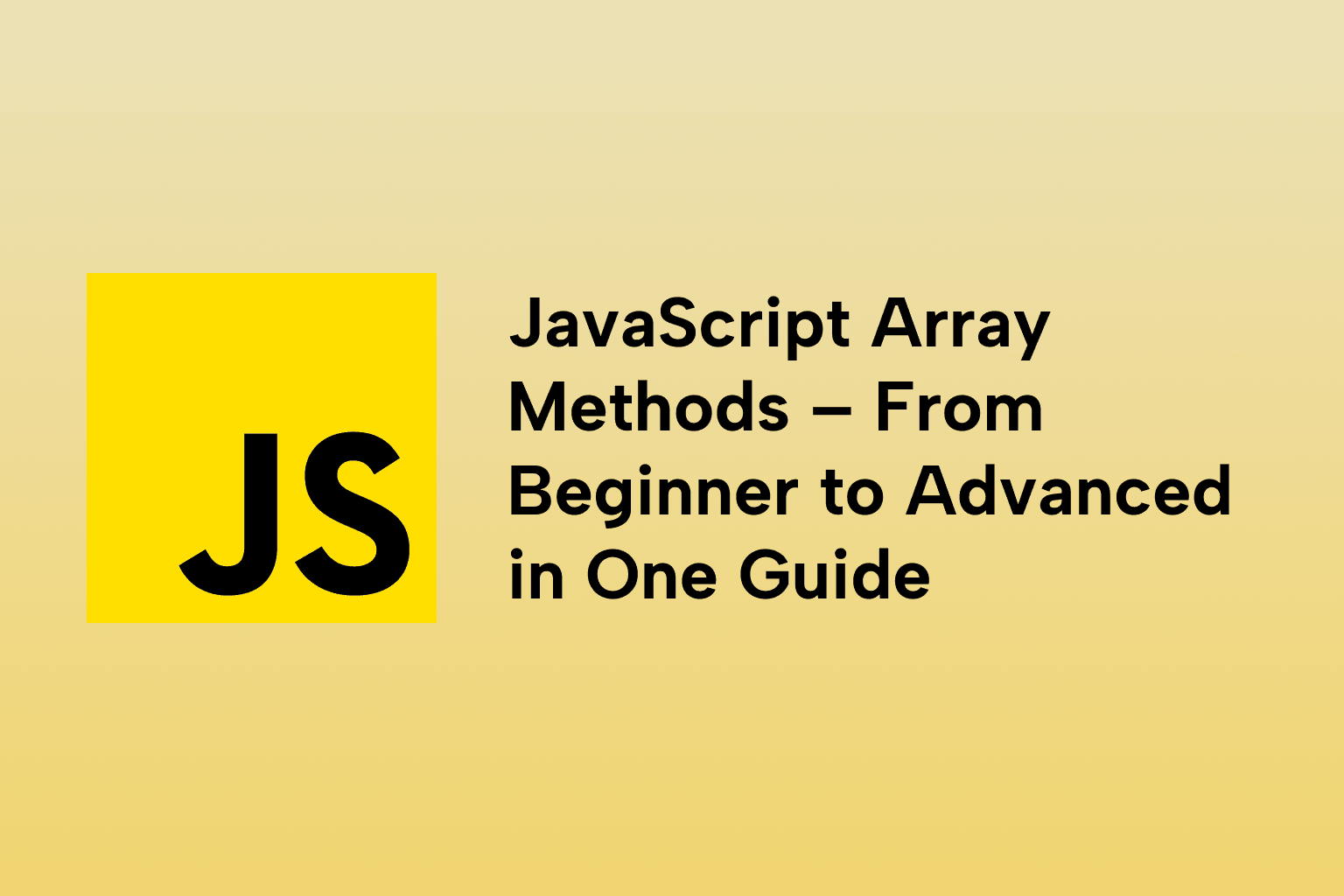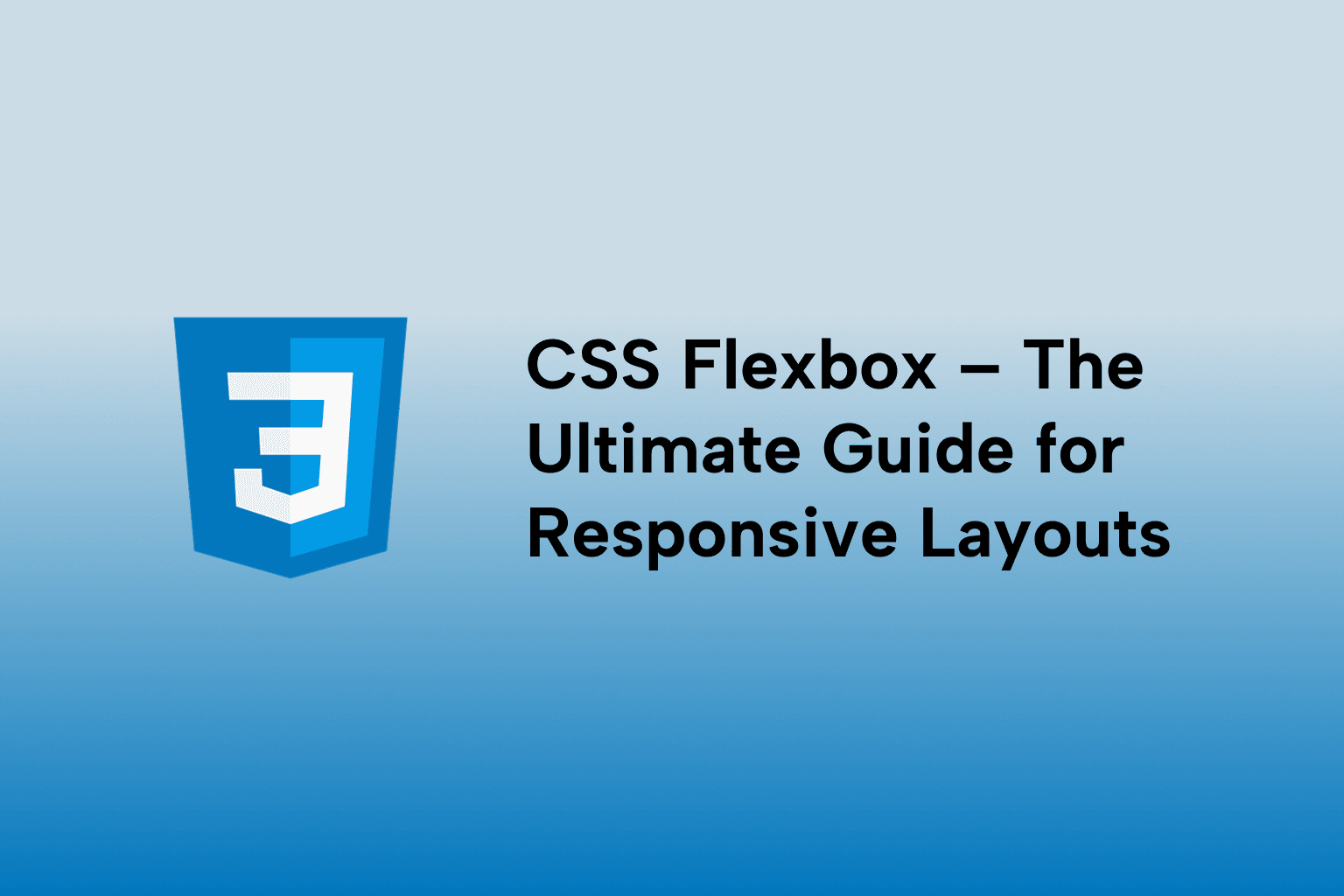From Zero to Hero: How I Learned JavaScript Without Losing My Mind
 Emma George
Emma George
TABLE OF CONTENTS
1 . Why JavaScript?
2 . My Starting Point: Absolute Zero
3 . The First Wins (And Confusions)
4 . JavaScript Basics: What Finally Clicked
5 . Breaking Through the DOM
6 . From Spaghetti to Structure: Functions and Scope
7 . Arrays, Objects, and Looping Through Chaos
8 . Handling Events (and Emotions)
9 . Async and the Dark Side of Promises
10 . ES6: The Superpowers That Saved My Code
11 . Functions, Scope, and the “Lightbulb” Moment
12 . Arrays, Objects, and Looping
13 . Event Handling & Real Interactivity
14 . Avoiding Framework FOMO
15 . Building Real Projects
16 . Debugging without Tears
17 . Framework FOMO and How I Dealt with It
18 . My Favorite Resources
19 . Resources That Worked for Me
20 . Final Tips for Your Journey
Conclusion
Learning JavaScript felt like climbing a mountain barefoot. There were moments of exhilaration, and others when I wanted to smash my keyboard. But here I am, a few hundred hours, many mistakes, and dozens of projects later, writing JavaScript confidently.
If you're just starting, overwhelmed by the syntax, frameworks, and jargon, don’t worry. This blog shares my personal learning journey, with practical insights and resources that helped me master JavaScript (without losing my sanity).
1 . Why JavaScript?
I chose JavaScript because:
- It’s essential for front-end development
- It runs in all browsers, no setup -It enables full-stack development (thanks to Node.js)
- It’s beginner-friendly (but deceptively deep)
- It powers everything from games to APIs
- Plus, job listings everywhere screamed "JavaScript required."
2 . My Starting Point: Absolute Zero
When I began, I only knew some HTML and CSS. JavaScript looked like gibberish.
function hello(name) {
return `Hello, ${name}`;
}
I thought: “What’s this backtick? Why all these curly braces?”
I tried tutorials, got stuck, and restarted multiple times. But here’s the thing: persistence beats talent.
3 . The First Wins (And Confusions)
I still remember my first working script:
<button onclick="alert('Hello!')">Click Me</button>
It felt like magic. But I quickly learned inline JS is bad practice. So I moved to separate scripts, using:
<script src="app.js"></script>
Soon I was printing messages in the console like a hacker:
console.log("I’m learning JS!");
4 . JavaScript Basics: What Finally Clicked
At first, concepts like variables, data types, and operators were hard to retain. Tutorials moved too fast.
What helped:
✅ Practicing every concept manually ✅ Writing 10 small programs per topic ✅ Drawing memory diagrams to understand how data is stored
Example:
let age = 25;
const name = "Sarah";
let isOnline = true;
I built quizzes in the console, manipulated strings, and explored math operations.
5 . Breaking Through the DOM
DOM manipulation was my turning point.
I could finally change HTML elements dynamically:
document.getElementById("title").textContent = "JS is awesome!";
I built a color-changer, a counter app, and a form validator. DOM events like click, submit, keypress made coding feel interactive.
6 . From Spaghetti to Structure: Functions and Scope
My early code was a mess, repeating the same blocks again and again.
Functions taught me how to organize:
function calculateTotal(price, tax) {
return price + price * tax;
}
Understanding scope (global vs local) took time. I made lots of “undefined” errors. But drawing diagrams and using console.log saved me.
7 . Arrays, Objects, and Looping Through Chaos
These two data structures confused me the most.
How I learned:
- Built a shopping cart array
- Used push(), pop(), shift(), unshift()
- Used for and forEach loops to iterate
Example:
const cart = ["Apple", "Banana", "Orange"];
cart.push("Grapes");
Objects helped structure related data:
const user = {
name: "John",
age: 30,
isAdmin: true
};
Then I combined them: arrays of objects, mind-blowing at first!
8 . Handling Events (and Emotions)
I built a to-do list with event listeners.
button.addEventListener("click", () => {
// add item
});
Sometimes events didn’t trigger. Turns out, my script ran before the DOM loaded. I learned about:
- defer and async attributes in script tag
- DOMContentLoaded event
This was the point when I realized: order matters in JavaScript.
9 . Async and the Dark Side of Promises
Async operations were tough. I didn’t understand why things executed out of order.
I learned:
- setTimeout and callbacks
- Promises:
fetch("https://api.example.com/data")
.then(response => response.json())
.then(data => console.log(data));
async/await:
async function getData() {
const res = await fetch(url);
const data = await res.json();
}
Once I understood this, working with APIs became fun.
10 . ES6: The Superpowers That Saved My Code
Arrow functions, let/const, template literals, ES6 made my code cleaner.
Example:
const greet = (name = "Guest") => `Hello, ${name}`;
Destructuring, rest/spread operators, and modules were a bit tricky, but incredibly useful later in projects.
11 . Functions, Scope, and the “Lightbulb” Moment
Functions seemed scary at first. But once I understood that functions allowed me to reuse logic, my code became shorter and clearer.
What confused me:
- Local vs global scope
- Return values vs side effects
- Parameters vs arguments
I practiced by building a tip calculator and random quote generator. Understanding closures (a function remembering variables from its outer scope) was challenging—but it deepened my appreciation for how JavaScript manages memory.
12 . Arrays, Objects, and Looping
The first time I saw this, I panicked:
const users = [
{ name: "Alice", age: 28 },
{ name: "Bob", age: 33 }
];
But breaking it down helped: arrays are lists. Objects are blueprints. And loops (for, forEach, map) help you traverse them.
By building simple product lists, user management systems, and grocery apps, I started seeing arrays and objects as tools, not obstacles.
13 . Event Handling & Real Interactivity
Here’s where things got exciting. I learned about:
- click, keydown, submit events
- preventDefault() and bubbling
- setTimeout and setInterval
I created interactive forms, keypress games, and pop-up modals. The key insight: the browser is event-driven. You don’t “run” the program once, it waits for something to happen.
That shift in thinking, from linear to reactive, was big for me.
14 . Avoiding Framework FOMO
Seeing everyone learn React or Vue made me feel behind. But I reminded myself:
Frameworks come and go. JavaScript is forever.
Once I had a strong grasp on vanilla JS, I started exploring React and it made sense. I wasn’t copy-pasting components. I understood the underlying logic.
Mastering core JavaScript gave me the confidence to learn any framework.
15 . Building Real Projects
I built:
- A tip calculator
- A form validator
- A weather app using OpenWeatherMap API
- A memory game
- A movie searcher
Projects gave me confidence. I applied what I learned and Googled the rest. Every bug taught me something.
16 . Debugging without Tears
Early on, bugs felt like personal failures. But I learned:
✅ Always use console.log ✅ Learn how to read stack traces ✅ Use breakpoints in DevTools ✅ Slow down and isolate the problem
Debugging became detective work, fun, not frustrating.
17 . Framework FOMO and How I Dealt with It
I saw everyone learning React, Vue, Angular. I panicked.
But I realized: frameworks are just tools built on JavaScript. Master JS first.
I explored React later, and it was much easier with a solid JS foundation.
18 . My Favorite Resources
These helped me immensely:
- freeCodeCamp
- MDN Web Docs
- JavaScript.info
- Wes Bos’s JavaScript30
- Frontend Mentor (for challenges)
- YouTube channels: The Net Ninja, Traversy Media
19 . Resources That Worked for Me
Everyone learns differently, but here’s what worked best:
📘 Docs & Guides
- MDN Web Docs (best reference)
- JavaScript.info (very beginner-friendly)
- Eloquent JavaScript (for deep understanding)
🎥 Video Courses
- freeCodeCamp (full curriculum)
- The Net Ninja on YouTube
- Wes Bos’s JavaScript30
🧩 Practice Platforms
- Frontend Mentor
- CodeWars (for algorithms)
- CodePen and JSFiddle for live experiments
20 . Final Tips for Your Journey
- 💡 Learn by building, not just watching
- 📆 Practice daily, even 30 mins
- 🧪 Break things and fix them
- 🗣 Teach others (or yourself out loud)
- 🧩 Google is your best friend
- 💬 Join dev communities
- 🚫 Don’t compare your journey to others
- 🎯 Focus on consistency, not perfection
Conclusion
JavaScript is a language that rewards persistence. It's confusing at first, but every moment of clarity is addictive. From zero experience to building real-world apps, I made countless mistakesand learned from each one.
You don’t need to be a genius. You just need curiosity, grit, and time.
If I could go from “what’s a loop?” to confidently writing JavaScript, so can you.
So open your editor. Write that first function. Build your first to-do list. Break stuff. Fix it. Learn.
Because the only way to truly learn JavaScript… is to write JavaScript.
Want a beginner’s project roadmap or PDF version of this journey? Let me know!

Emma George
Software Engineer
Senior Software Engineer



